In just over a month’s time, on 8th April 2019, the Ultra Low Emissions Zone (ULEZ) will come into force in London as part of Mayor Sadiq Kahn’s longer term plan to tackle the dangerously high levels of air pollution in our Capital.
At present, motorists driving in London face the long-established Congestion Charge as well as the more recent Emissions Surcharge, or Toxin-Tax for vehicles not reaching the required emissions standard.
Next month, the Toxin-Tax will be replaced by the Central London ULEZ. It will operate continuously, 24/7 across the existing central London Congestion Charge Zone, and drivers’ vehicles must meet a strict emissions standard, or pay a charge.
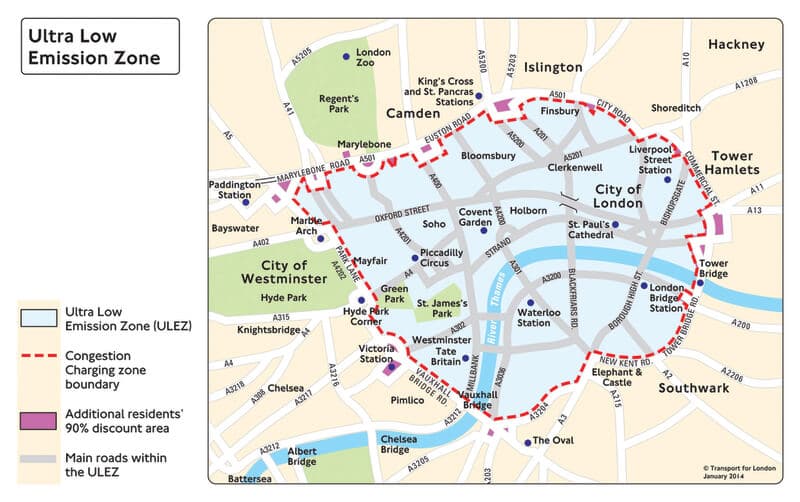
The vehicles affected are:
- Cars (petrol and diesel)
- Vans, minibuses and lighter specialist vehicles
- Motorcycles, mopeds and more
- Lorries, coaches and other larger vehicles
The emissions standards are:
- Euro 4 for petrol cars and vans (roughly more than 14 years old in 2019)
- Euro 6 for diesel cars and vans (roughly more than four years old in 2019)
- Euro 3 for motorcycles and mopeds
- Euro VI for lorries, buses and coaches
The charges are:
- £12.50 per day for cars, motorcycles and mopeds, and vans with £160 fine for failing to pay on time (reduced to £80 if you pay within 14 days)
- £100 per day for lorries, buses/coaches, with a £1,000 fine for failing to pay on time (reduced to £500 is paid within 14 days)
Check your vehicle now on the TFL website: click here.
There are some exemptions – see here including a grace or ‘sunset’ period for residents extending to 24th October 2021.
Don’t forget
The ULEZ is in addition to the £11.50 Congestion Charge which applies from 7am-6pm Monday to Friday (excluding public & bank holidays), and the LEZ (Low Emission Zone) Charge for heavy diesel vehicles which operates 24/7 across most of Greater London.
The Next Phase
The ULEZ will be expanded from the 25th October 2021 to the North and South Circular roads, covering all the inner London boroughs.
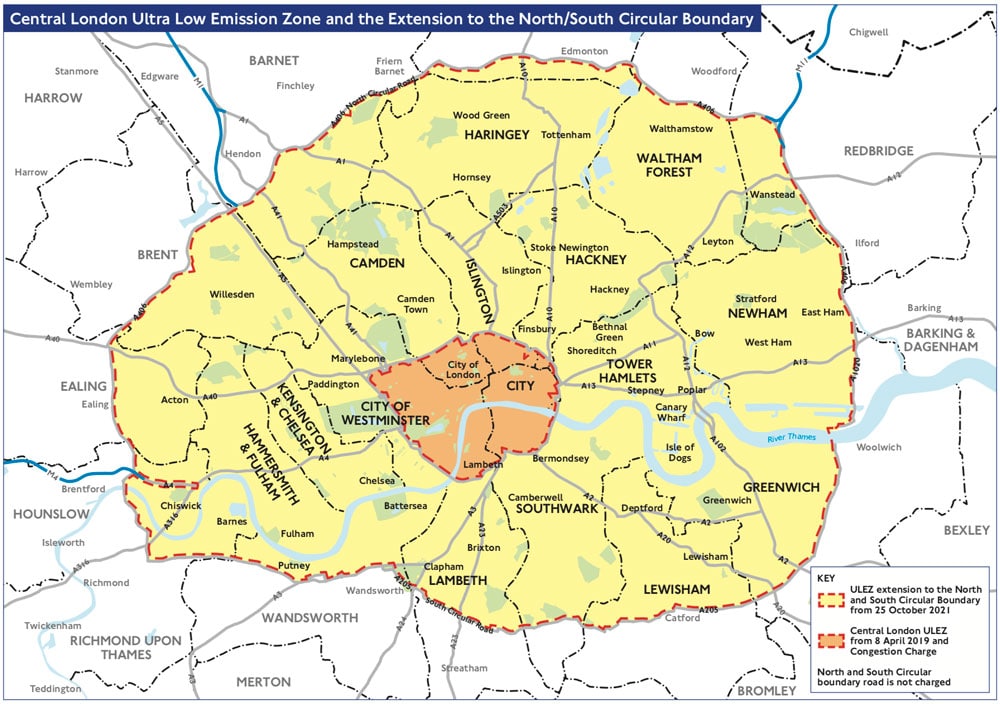
“We’re doing everything in our power to tackle this issue and are starting to see improvements in air quality with the wide-ranging action we’ve taken already on tackling the most polluting cars, and cleaning up our bus and taxi fleet. An expanded Ultra-Low Emission Zone, in conjunction with the Central London ULEZ, will really help transform the air that millions of Londoners breathe.”
Sadiq Khan, Mayor of London
Clean sweep
A £23m scrappage fund has been set up but only for small businesses with no more than 10 employees to encourage them to switch from their dirty vans to cleaner vehicles. Grants of £3,500 are available for every older van replaced by a Euro6 vehicle, and a £6000 grant towards the purchase and running costs of an electric van. Full details can be found here on the TfL website. Kahn is pressuring the government to extend this to low income households.
Real World Benefits
Whilst TfL predicts just a 5% drop in car traffic in central London in response to the ULEZ, they anticipate that after one year, harmful emissions of NOx and Particulate Matter will have been reduced by 45% in central London and 40% in the surrounding areas. When the ULEZ expands in 2021, this should give a further 20% reduction across London. In real terms, this means over 100,000 fewer people will be living in areas with NO2 pollution exceeding legal limits, and 71% fewer schools will be in areas of illegal air pollution.
Combine this with significant investment in fully electric buses, London’s taxi fleet on track to be the greenest in the world, and ULEZ-style roll-outs across other key cities including Birmingham, Leeds, York, Glasgow, Aberdeen, Manchester and Newcastle, Sheffield and Bath, London is paving the way in the greening of our cities.
Taking Charge
Thankfully the vehicle manufacturers are redoubling their efforts to including hybrid and electric vehicles in their ranges – indeed, they’re the hot topic in this year’s Geneva Motor Show currently taking place.
Here at WVL we have a number of low emission vehicles for you to test drive, including the fantastic hybrid MINI Countryman PHEV, and the 2019 European Car of the Year: the electrifying Jaguar I-PACE. Call 01753 851561 to talk to us about eco options for your next vehicle and join the growing movement towards cleaner air and sustainable motoring!
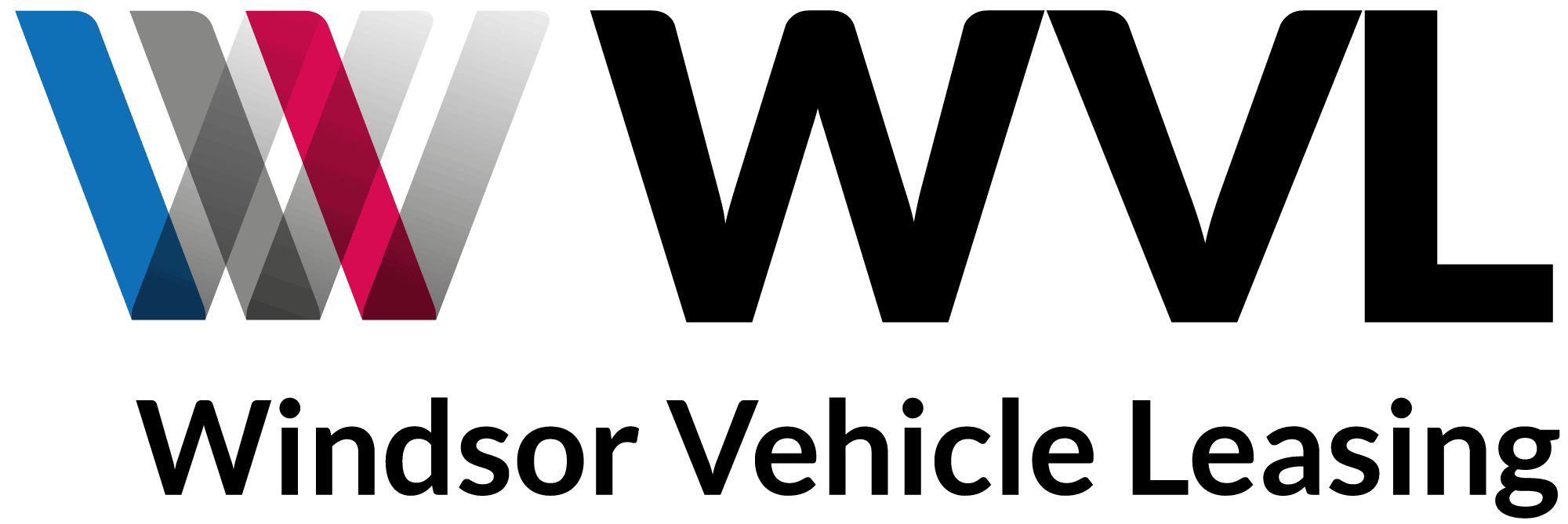

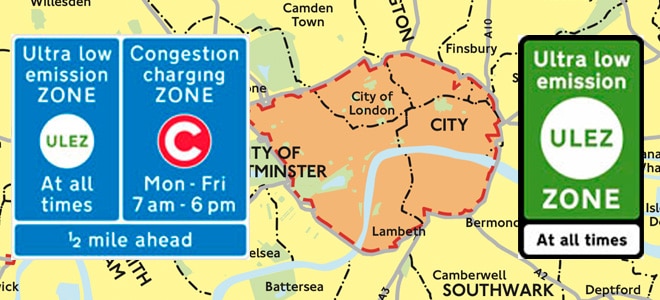
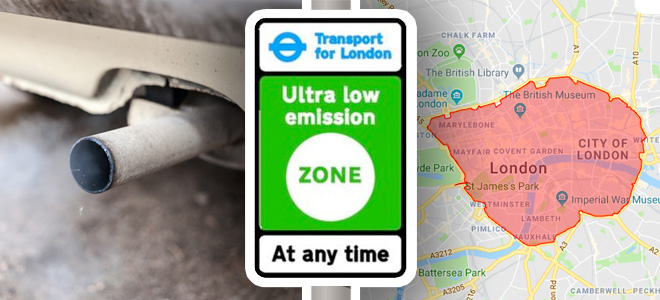
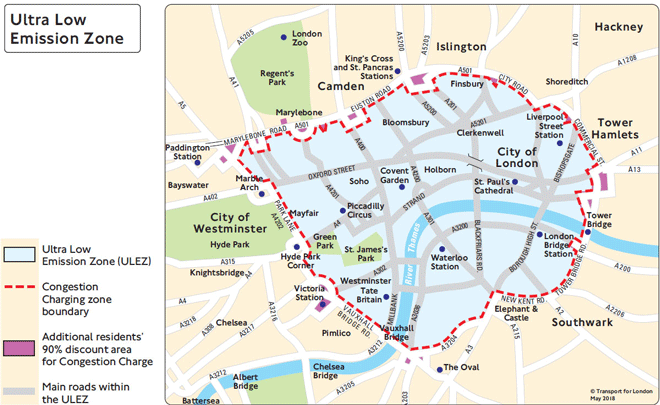
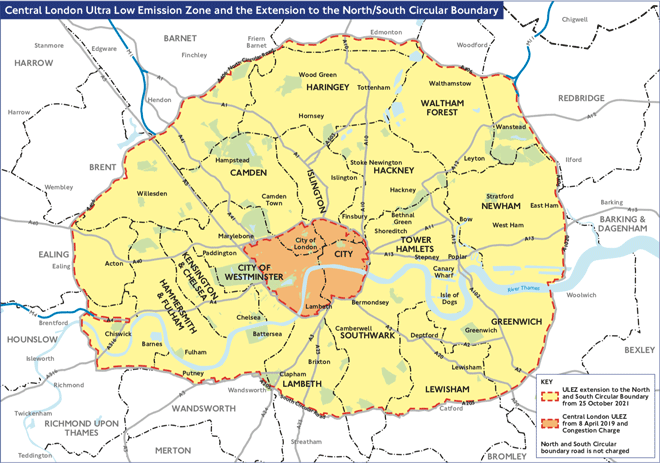
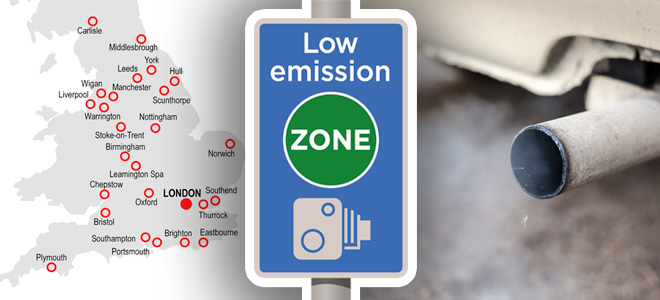

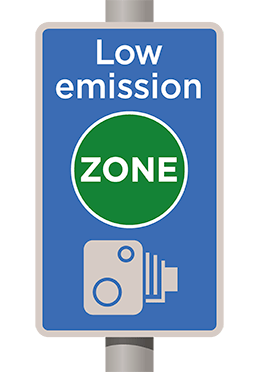 Other polluted cities across England will also face the new restrictions with Toxin Taxes up to £20 per day, or even bans for the heaviest polluters during peak times. These measures are planned for up to ten more town centres, another 25 more where commercial diesels will be the targets, along with increased parking fees in at least 15 towns and cities. The finer details are yet to be worked out, but Environment Secretary Andrea Leadsom has suggested the rules for each location will be written on a case-by-case basis and will announce outline measures imminently.
Other polluted cities across England will also face the new restrictions with Toxin Taxes up to £20 per day, or even bans for the heaviest polluters during peak times. These measures are planned for up to ten more town centres, another 25 more where commercial diesels will be the targets, along with increased parking fees in at least 15 towns and cities. The finer details are yet to be worked out, but Environment Secretary Andrea Leadsom has suggested the rules for each location will be written on a case-by-case basis and will announce outline measures imminently.